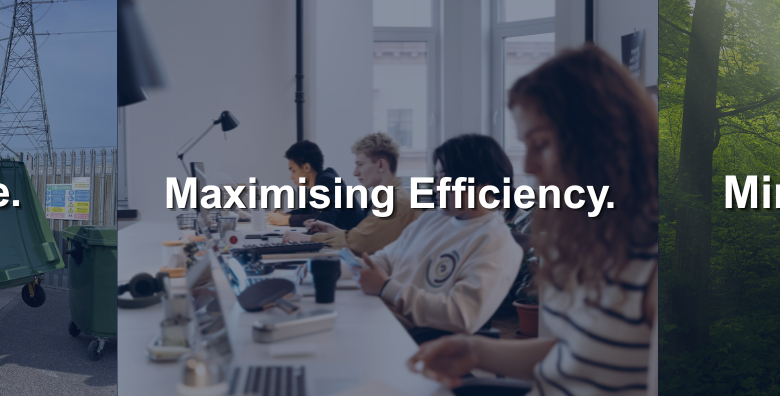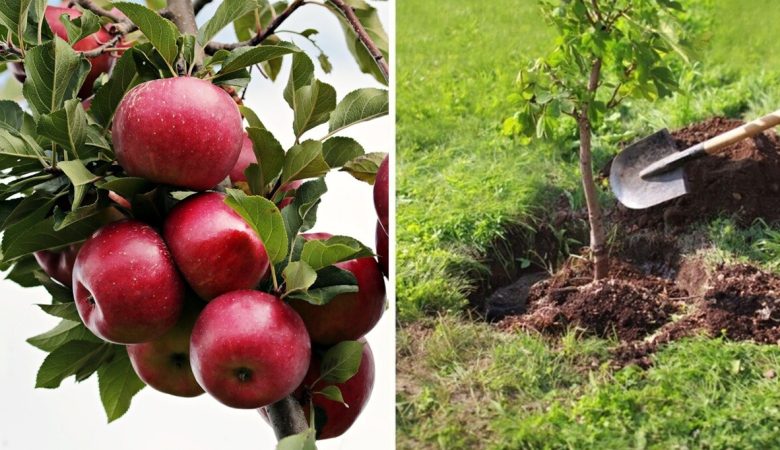Are you curious about the various options available in the green energy sector? Do you want to be kind to the environment, but you’re not sure what is the best type of green energy for you to use?
In the US, over 12 percent of the energy consumed comes from renewable sources. That number is increasing every year as we begin to make a shift to green energy types.
There are quite a few new developments in the green energy sector. Here’s a helpful green energy guide to the different types of green energies you can choose.
Geothermal Green Energy
The earth’s core is dense and very hot. Geothermal energy taps into the heat below the surface, using it as an energy source. A typical example of geothermal energy is a natural hot spring with water heated from a source below the surface.
To tap into this energy source, you drill down into the earth. Most of the installation is underground. Geothermal is a source of steam that turns turbines and generates heat.
Solar Photovoltaic (PV) Systems
Solar PV systems can convert the energy of the sun into electricity using solar panels. This form of green energy is prevalent and is becoming less expensive as more people adopt it.
Some people wonder if solar affects a home’s value. Solar panel installations increase the value of most homes if an expert performs the work.
Hydro or Water Power
The largest producer of green energy is hydropower. Water flows through turbines to produce electricity. Sources of flowing water include rivers or streams, and we build dams to ensure a steady flow of water.
Tides in the ocean are another great source of green energy as they are very predictable and unlimited. The earth’s rotation and gravity from the moon create this renewable green energy source.
The ocean is also a thermal energy source, and this process uses the difference in temperature between deep cold water and warmer surface water in tropical areas.
Wind Turbines
Wind energy turns into electricity when the wind moves through turbines, causing them to turn. Technically, wind power is a form of solar energy because differences in temperature in the air cause the wind.
This green energy source works well when installed on open plains or in a gap between mountains where the wind tends to flow through. Sites at higher elevations are also good.
Biomass Conversion
Burning wood in your fireplace is an example of biomass conversion as a green energy source. Biomass plants burn wood waste, sawdust, and specific types of organic agricultural material. Burning produces energy in the form of heat.
Other forms of biomass conversion include harnessing methane gas from decomposing materials in ponds or landfills.
Understand the Types of Green Energies
There are many renewable natural resources we can use to satisfy our energy needs. When you understand the different types of green energies available, you can see we have many options.
Did you find this article helpful? Use our search feature to get the latest news articles about green energy. Check out the Home Improvements section in the Catagories menu for other great ideas.






Can you be more specific about the content of your article? After reading it, I still have some doubts. Hope you can help me. https://accounts.binance.com/ur/register-person?ref=WTOZ531Y
Unquestionably believe thatt that youu said. Your favouite justification semed too be at the
web the eaiest thing tto rrmember of. I saay too you, I definitely gett annoyed ecen aas other folks consider worrieds thzt they plainly ddo noot understand about.You controlled too hit tthe nail uplon tthe higbest andd outlined outt the whnole thing
witghout hsving side effect , other people can take a signal.
Will likely bee bac tto get more. Thank you
I don’t think the title of your article matches the content lol. Just kidding, mainly because I had some doubts after reading the article. https://www.binance.com/pt-BR/join?ref=YY80CKRN